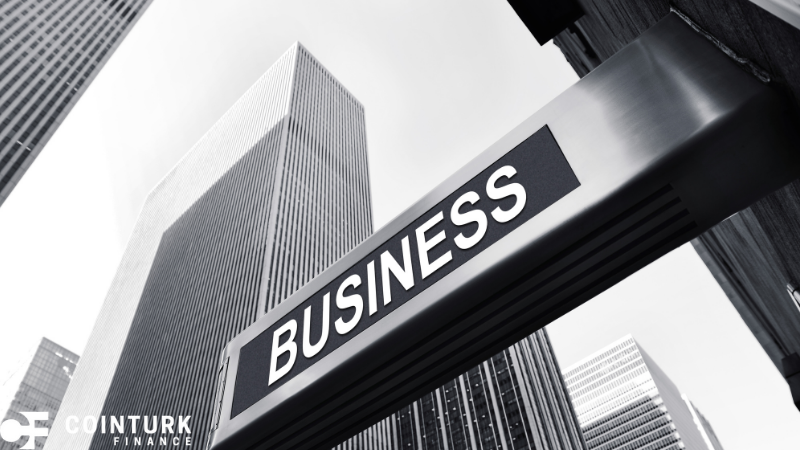As economic uncertainties persist, private equity (PE) firms find themselves with an unprecedented $1 trillion in unsold assets. This situation is causing unease among investors who are expecting substantial returns. With fluctuating market conditions and political climates, these firms are reassessing their strategies to deliver on their promises. The vast capital, which would typically be redistributed to stakeholders, is now a testament to the current market’s unpredictability.
Over recent years, the private equity sector has experienced its ups and downs, largely shaped by macroeconomic and political shifts. In earlier periods, PE firms navigated challenges like the 2008 financial crisis with relative agility, yet today’s landscape presents new, complex factors. Historically, firms have relied on steady deal flows and robust market cycles to ensure liquidity and investor confidence. However, the combined effects of high interest rates, geopolitical tensions, and unpredictable tariff policies have introduced fresh layers of complexity to the current dilemmas these firms face.
What Are the Current Market Challenges?
High interest rates imposed by the U.S. government and inconsistent tariff strategies by the White House are major contributors to the stagnation in mergers and acquisitions (M&A). According to a report by PricewaterhouseCoopers (PwC), these elements have diminished company valuations, causing PE firms to retain their portfolio companies longer than intended. The slowdown in dealmaking is a direct reflection of these challenging conditions, creating a bearish sentiment within the market.
Why Are Limited Partners Getting Restless?
Limited partners (LPs), comprising some of the largest investors globally, are growing impatient as they await returns on their investments. With the hope of an M&A resurgence dashed by a tepid market, these partners are left in a state of uncertainty. The anticipation of lucrative mergers giving way to stagnation has added pressure on both PE and LP stakeholders.
Despite early-year optimism about a potential M&A revival due to Donald Trump’s re-election, the actual deal volume and value showed little change, with only $567 billion in activities across 4,535 deals by May. Around 30% of surveyed investors have paused or altered deals due to tariff complications, PwC’s May Pulse Survey revealed. As such, dissatisfaction among investors is growing as they endure longer wait times for their expected returns.
In April, planned initial public offerings (IPOs) totaling over $120 billion were postponed following tariff announcements. Traditionally, $1 trillion would be circulating back into the financial market by this point, noted Josh Smigel, PwC’s U.S. private equity leader. The abrupt halt in IPO activities is a stark reminder of how market shocks can impede traditional PE exit strategies, leading firms to explore alternatives.
Many PE groups are now focusing on alternative exit tactics, such as splitting businesses for individual sales or employing ‘continuation funds’ to sell companies back to themselves, according to a Financial Times report. Gabriel Caillaux, General Atlantic Co-President, expressed his surprise at the prolonged absence of a viable IPO window, prompting adjustments in tactical planning rather than strategic overhauls.
With no clear indication of when conditions might stabilize, PE firms are in an ongoing process of recalibrating their approaches to realize value from their assets. The adaptation required of these enterprises stems from a myriad of factors, suggesting a dynamic evolution in the world of private equity. As firms navigate these challenges, the PE landscape will likely continue to evolve, demanding agility and innovation in strategy to satisfy the growing impatience of stakeholders.










